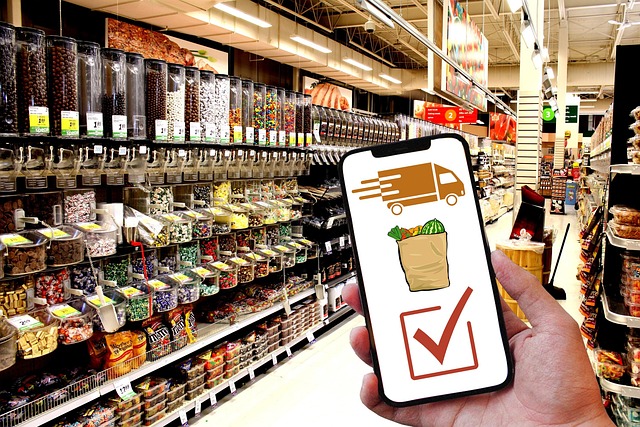Cultural diversity and its influence on workplace collaboration
Cultural diversity in the workforce shapes how people communicate, solve problems, and build teams. Differences in background linked to demographics, migration patterns, and local community structures affect expectations, work styles, and the ways inclusion is practiced. This article examines practical factors that influence collaboration across diverse workplaces.

Cultural diversity affects everyday interactions, the distribution of tasks, and informal norms that guide collaboration. In many organizations, demographic shifts—such as changing age profiles, increased migration, and urbanization—change team composition and require adjustments in management, communication, and training. Understanding how diversity plays out in meetings, project planning, and feedback helps reduce friction and supports productive teamwork across different civic and community contexts.
How do demographics shape team dynamics?
Demographics such as age distribution, gender balance, and household composition influence expectations about work hours, communication preferences, and career progression. Aging workforces may bring institutional knowledge and stability, while younger employees often introduce new technical skills and different approaches to collaboration. Teams that acknowledge demographic differences can design schedules, mentoring, and knowledge-transfer practices to integrate varied strengths and avoid isolating any group.
How does migration affect workplace collaboration?
Migration changes talent pools and introduces language variety, cultural norms, and different educational backgrounds into the workplace. Newcomers can expand a team’s perspective on markets and customer needs, but they may need support to navigate local office practices and civic norms. Employers that provide language resources, orientation to workplace norms, and community links can shorten adjustment periods and better leverage migration-driven diversity for problem solving and innovation.
How do inclusion and diversity influence communication?
Inclusion is the practice of ensuring diverse voices are heard; diversity refers to the underlying mix of identities and experiences. When inclusion is actively pursued, teams can convert diversity into better decision making because multiple viewpoints highlight risks and alternatives. Communication norms—such as turn-taking, feedback style, and the use of direct versus indirect language—vary across cultures. Clear meeting protocols, shared goals, and training in intercultural communication reduce misunderstandings and help diverse teams collaborate more effectively.
How do inequality and welfare affect participation?
Inequality—whether economic, educational, or social—shapes who participates in workplace decision making and who has access to development opportunities. Differences in access to welfare supports, childcare, or flexible schedules can influence productivity and retention, especially for caregivers or workers from lower-income backgrounds. Organizations that consider policy impacts and local civic welfare systems when designing roles and benefits can reduce barriers to participation and create more equitable collaboration structures.
How do urbanization and community networks matter?
Urbanization concentrates labor and increases interactions among people with varied civic and cultural backgrounds. Dense community networks can provide informal support for workers—such as local childcare or transport solutions—that affect punctuality and availability. In contrast, workplaces in less urbanized areas may depend more on close-knit community ties and local education pipelines. Understanding these local differences helps managers design team structures and local services that reflect where employees live and the community resources they rely on.
What role do education and policy play in collaboration?
Education systems shape the skills and norms new employees bring into organizations, influencing expectations about hierarchy, teamwork, and critical thinking. Public policy—on immigration, labor, and welfare—affects workforce composition, mobility, and training incentives. Employers that align internal training with local education gaps and monitor policy shifts can better plan recruitment, mentoring, and upskilling programs that support collaboration across diverse employee groups.
Cultural diversity in the workplace is not a single variable but a set of interacting forces tied to migration, demographics, urbanization, education, and policy. Effective collaboration arises when organizations recognize these influences and design inclusive practices that account for inequality, aging and youth needs, community contexts, and civic structures. Practical steps—clear communication norms, targeted learning and mentorship, and sensitivity to local welfare and policy environments—help teams translate diversity into sustained cooperative performance.





